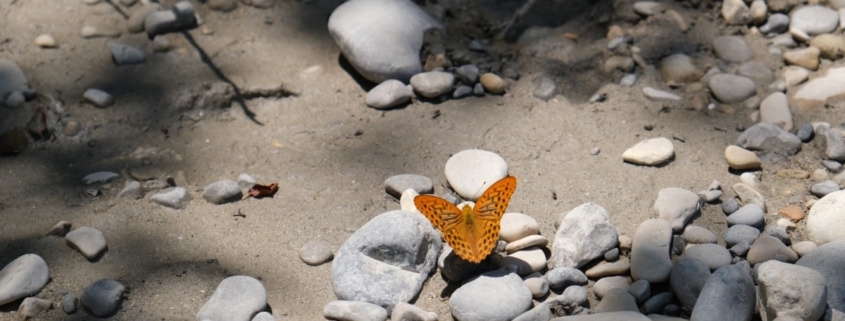The Art of Failing
There’s a Japanese proverb that says “Fall down seven times, get up eight”.
Between “failing” and “falling” there is only one letter difference. From my audio book “Freedom From Habits of Body & Mind(c)” I write:
“We live in times of great instability. For many there is not much consistency. There are both inner and outer circumstances that can knock us off our feet, literally or figuratively. There is no such thing as always being stable or ‘in balance’…there is no once and for all. We experience balance because we learn how to make friends with change…inner or outer.”
To Fail is a Creative Act
One of the teachings I’ve gleaned from my partner who is an engineer is that he spends many of his days experimenting and failing. I’ve learned that when I am terrified of failing, there’s no room for much else to happen: the insight, the glimmer of “ah ha!”, or humor has vanished, there’s just me in my frustration.
Perfectionism is not a big part of my personality but when it strikes I know it is where creativity goes to die!
The secret to vitality and creativity is being willing to experiment, being willing and able to slow down and to be aware. These little moments illuminate what’s actually happening. These are skills we can acquire and apply anytime.
In Japanese culture there’s the “nobility of failure”.
This idea says that when we are failing we are most vividly alive. It’s a kind of Zen compliment: “Look how many times that person has failed, they must be truly alive!” Implied in the failure is a willingness to learn.
There’s a corresponding idea in the world of bodily movement: with each step we take we are falling. In between one foot leaving the ground and the next one arriving, we are in midair.
Our brains compensate for the perception of falling. If we slow down we see how we embody the constant experience of shifting from instability to stability and back again in every step.
“We experience balance because we make friends with change inner or outer.”



